

Engage prospects with a scan and streamline customer engagement with FREE QR code marketing tools by Sona – no strings attached!
Create a Free QR CodeFree consultation

No commitment

Engage prospects with a scan and streamline customer engagement with FREE QR code marketing tools by Sona – no strings attached!
Create a Free QR CodeFree consultation

No commitment
QR codes have evolved from a novelty into a strategic powerhouse for bridging offline engagement with online action. For floor repair services businesses, QR codes represent a frictionless and effective path to boost customer acquisition and operational efficiency without app downloads or complex tech. They can shorten the distance between a homeowner’s curiosity and a booked estimate, while giving your team the data needed to prioritize high-intent prospects.
Adopting QR codes helps floor repair companies replace outdated workflows such as paper estimates, printed brochures, and manual forms that often result in lost or anonymous leads. With a quick scan, prospects can access quotes, service information, and reviews at every touchpoint. Your team can see who engaged, where, and when, then respond in real time. The result is a more personalized and data-driven customer experience that is difficult to create with analog-only methods.
This guide explains how QR codes can empower marketing, streamline operations, and deliver measurable value in floor repair services. You will discover practical ways to capture prospects who would otherwise remain anonymous, reduce friction in quoting and review collection, and maximize marketing ROI from first scan to final sale. If you want a platform to manage the entire lifecycle, Sona QR and Sona.com provide creation, tracking, and attribution tools built for performance-minded teams.
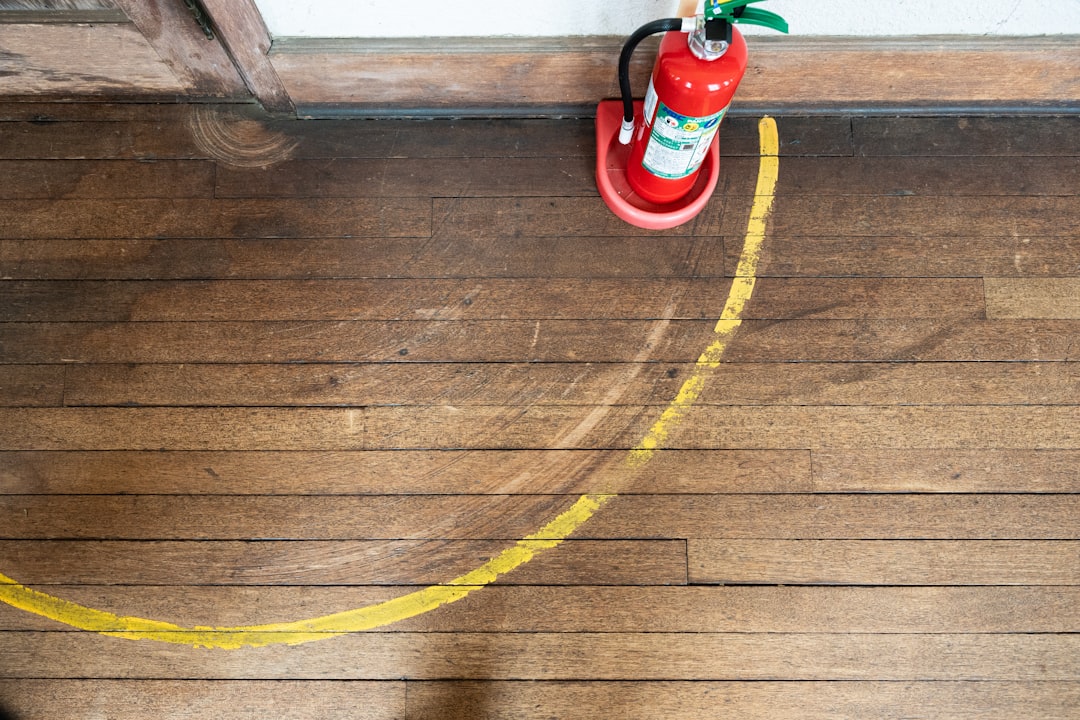
QR codes bridge the gap between physical touchpoints and digital outcomes, solving a common problem in floor repair: interested prospects who never make it into your CRM or follow-up workflows. This gap usually happens when teams rely on paper forms, static brochures, and manual callbacks that slip through the cracks. By turning scans into actionable leads, you can convert real-world attention into booked appointments and sales conversations.
Start by designing use cases that replace analog friction. Move from printed brochures that sit in a drawer to QR-linked landing pages with before-and-after galleries. Swap clipboards and manual forms for mobile-friendly quote requests via Google Forms. Replace business cards with vCards that save to contacts instantly. Each of these transitions reduces the chance that a high-intent lead is lost to delay or forgetfulness.
Modern platforms such as Sona QR support seamless code deployment, real-time engagement tracking, and automated lead import. With workflow automation, the moment someone scans for a quote, your system can assign the lead, send a confirmation SMS, and book a site assessment, which keeps momentum high and stops valuable opportunities from slipping away.
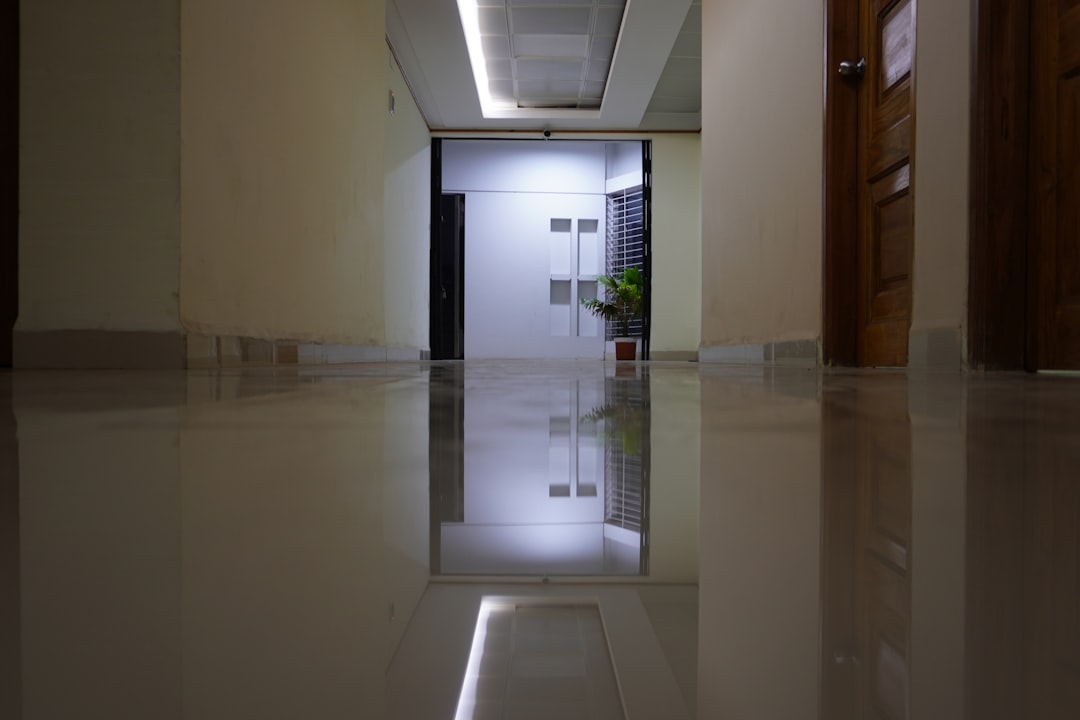
Floor repair is full of offline moments where interest is high but follow-through is uncertain. A neighbor walks past your job site, snaps a photo of your yard sign, then forgets to call. A commercial property manager pockets your brochure, then misplaces it. A homeowner loves the work you just completed, but leaves a review only if they remember later. QR codes collapse these moments into instant actions and measurable signals.
The real advantage is visibility and control. A scan reveals channel, location, and timing, which means you can see which neighborhoods produce the most refinishing requests or which crews’ invoices drive the most five-star reviews. Dynamic QR codes add even more flexibility, allowing you to update offers by season or shift a code’s destination during a promotion without reprinting. Over time, you build a data-backed view of what produces leads and revenue. For flooring-specific tactics, see Floor Trends.
For floor repair teams where most initial interest happens in the physical world, QR codes function like digital doorways on every surface you control.
Choosing the right QR format ensures a fast, intuitive experience and reliable tracking. Each format supports a different kind of interaction, and in floor repair, a few stand out for their ability to capture intent and streamline operations.
Use dynamic QR codes for anything you plan to update, track, or personalize. Static codes are fine for permanent destinations such as a general contact page, but dynamic codes let you test new landing pages, segment by asset, and edit destinations without reprinting. With Sona QR, you can create any of these formats, attach UTMs automatically, and manage them in one place.
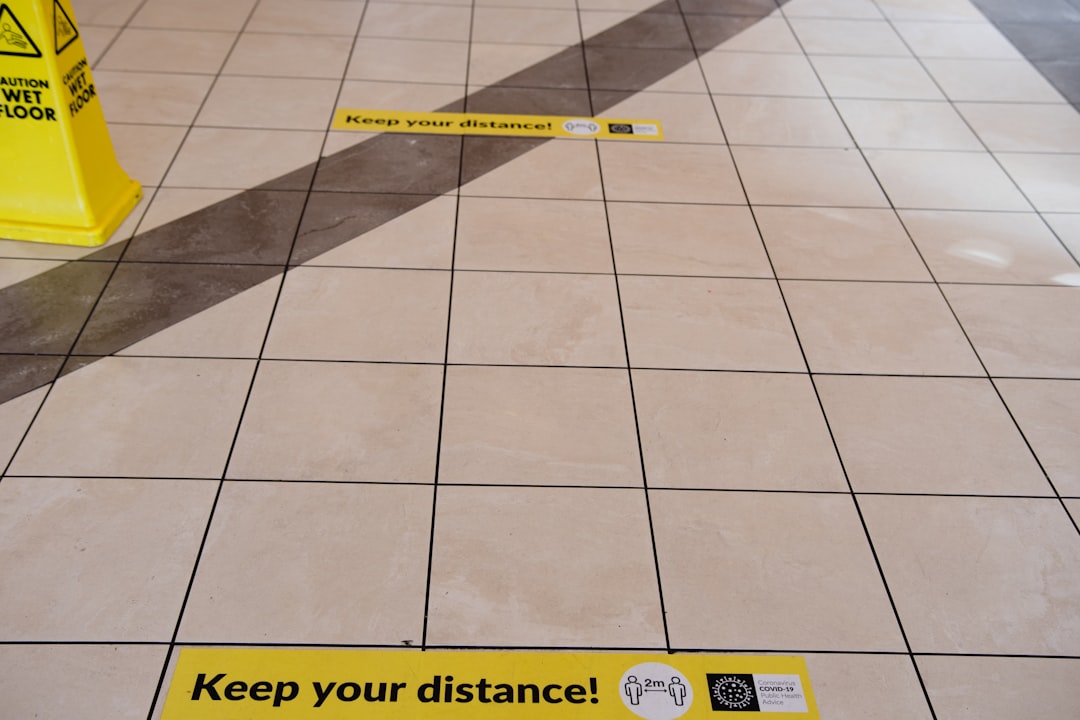
Your physical footprint is an underused marketing engine, and QR codes turn it into measurable demand. The best opportunities are the touchpoints that already get attention but are hard to track. When you attach a scannable action and a clear benefit, you convert interest into data and appointments.
Think through your typical week: crews at job sites, vehicles on the road, invoices going out, door hangers on nearby homes, and showroom visitors browsing samples. Each of these is a moment for QR-enabled engagement. A practical approach is to prioritize placements where people are curious and have a reason to take immediate action.
Start with two or three high-impact placements, measure outcomes, then expand. Your first wins will typically come from job site signs, vehicle wraps, and invoices because they meet people in moments of peak relevance.
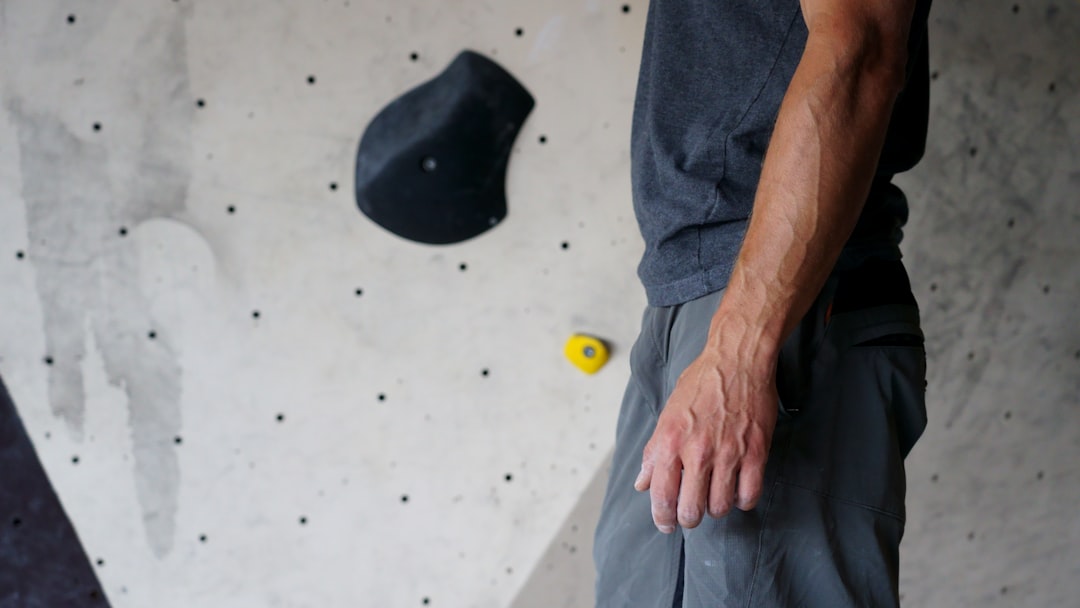
QR codes shine where analog processes break. Job site curiosity often dies without a quick way to engage, and post-service feedback goes missing when customers have to navigate to review pages later. The right use cases reduce friction and make next steps obvious.
Consider the most common customer interactions in floor repair: discovery, education, quoting, booking, and follow-up. A scan should map to the most valuable action in each phase. Use dynamic destinations to tailor what happens after the scan, such as showing nearby case studies or surfacing a seasonal promotion.
Augment these with showroom and digital use cases. For example, place a QR code next to hardwood samples that opens a finish durability guide or a calculator for square footage, then retarget those scanners with relevant offers.
Each scan is a signal that carries intent, context, and interest. By deploying unique QR codes across touchpoints, you convert anonymous offline interactions into remarketable audiences. The more precisely you tag scans, the smarter your follow-up can be. For tactics, see Sona’s Playbook intent retargeting.
For floor repair, audience segmentation should reflect both service type and buyer role. Homeowners, property managers, contractors, and insurance adjusters have different priorities. So do customers seeking urgent water damage remediation versus those planning a cosmetic update such as sanding and recoating.
With Sona QR, each code acts as a smart entry point that enriches your CRM automatically. Over time, you will identify patterns such as “water damage scans surge after storms” or “refinishing interest climbs after back-to-school,” which helps you coordinate staffing and ad spend.
QR codes unify offline and online efforts so you can measure and optimize every touchpoint. They reduce friction from awareness to action, while also adding a layer of attribution that print alone cannot deliver. For floor repair companies with strong local presence, this integration is a direct path to higher ROI.
Use QR codes to connect your physical materials, on-the-road brand presence, and digital campaigns. Then monitor performance from a central dashboard. What used to be untraceable, such as the impact of a door hanger or a booth banner, becomes visible and adjustable in real time.
QR codes serve as the offline onramp to your digital marketing engine. With a platform like Sona QR, you can manage all codes, monitor performance, and sync scan data to your CRM and ad platforms to keep campaigns coordinated.
QR campaigns are most effective when you connect a clear business goal to a simple, compelling action. A structured rollout lets you learn quickly, prove impact, and scale what works. Start with one or two use cases, then expand as you see traction.
Below is a pragmatic five-step process you can apply to any floor repair objective, from increasing estimate requests to accelerating review collection. Each step includes tips drawn from the realities of working in the field.
Pick a single, high-impact outcome, such as “increase estimate requests from job site neighborhoods” or “collect reviews within 24 hours.” If you attend local expos or home shows, choose “capture instant quote requests at the event.”
Define success in measurable terms. For example, set targets like “30 scans per week from yard signs” or “15 reviews per month from invoice QR codes.” Clear goals help you design for conversion and evaluate results without guesswork.
For anything that requires tracking and flexibility, use dynamic QR codes. They allow you to update destinations, add UTMs, and see performance data without reprinting. Static codes are acceptable for permanent destinations, such as a general contact page or warranty registration PDF.
Match format to intent. For immediate outreach, use SMS or email pre-fills. For education and capture, use web link or form codes. If fast contact saving is crucial, add a vCard for your estimator alongside a primary quote-request code.
Design for scannability before style. Maintain a quiet zone around the code, ensure high contrast, and size the code for distance and speed. Add your logo and brand colors within the safe areas to build recognition without sacrificing performance.
Place a benefit-driven CTA near the code such as “Scan for Free Quote,” “Scan to See Our Work,” or “Scan to Check Availability.” Test on multiple devices, in bright sunlight and low light, at angles, and from a moving viewpoint if the code will be on a vehicle. Fix any failures before you print in volume.
Roll out in the places most likely to generate qualified interest. For floor repair, top performers include service vehicles, yard signage, invoices, door hangers, and direct mail. Match the message to the moment. A yard sign should invite estimates, while an invoice should ask for reviews or offer a maintenance plan.
Stagger your deployments so you can isolate impact. For example, launch yard sign codes in two neighborhoods first, then add vehicle wraps later. This sequencing helps you attribute lift to specific assets and allocate budget accordingly.
Use Sona QR or a similar platform to track scans by time, location, device, and asset. Layer in UTMs so you can see source and medium inside analytics tools. Monitor conversion behavior on the destination pages. If scans are high but forms are abandoned, adjust your page load speed, fields, and CTA clarity.
Iterate continuously. Test two headlines on your yard sign, compare a gallery-first landing page versus a form-first page, and shift placements to routes and neighborhoods with the best scan-to-book ratios. Optimization turns QR from a novelty into a reliable growth lever.
Without attribution, you cannot prove what works or where to invest. In floor repair services, where many touches are offline, QR codes finally let you connect spend to outcomes. The key is to capture the right data, sync it to your systems, and analyze performance by channel, location, and crew. For frameworks, see Sona’s blog offline attribution.
A mature setup tracks the full journey. It begins with the scan timestamp and location, continues through form submission and appointment booking, and ends with deal creation and closed revenue. When you can attribute a refinishing job to a specific yard sign or a set of invoices, budget conversations shift from opinion to evidence.
With Sona QR and Sona.com, you can unify fragmented touchpoints, apply identity resolution, and understand how QR engagement contributes to pipeline and revenue. The result is a complete picture of progression from the first scan to purchase readiness, which supports smarter spend and more efficient operations.
Once you prove the first use case, build on it. Expand placements, refine messaging, and deepen automation so every scan becomes a productive signal. Focus on the media your customers see most and the actions that move deals forward.
Prioritize consistency and education. A QR code is only effective if it is easy to scan and the benefit is clear. Train your crews to point out codes on invoices or yard signs and to explain what happens after a scan. That human reinforcement drives adoption and trust.
You can generate and track your first QR codes for free with Sona QR. Start creating QR codes for free, create a few dynamic codes, and connect them to your CRM so you see immediate impact.
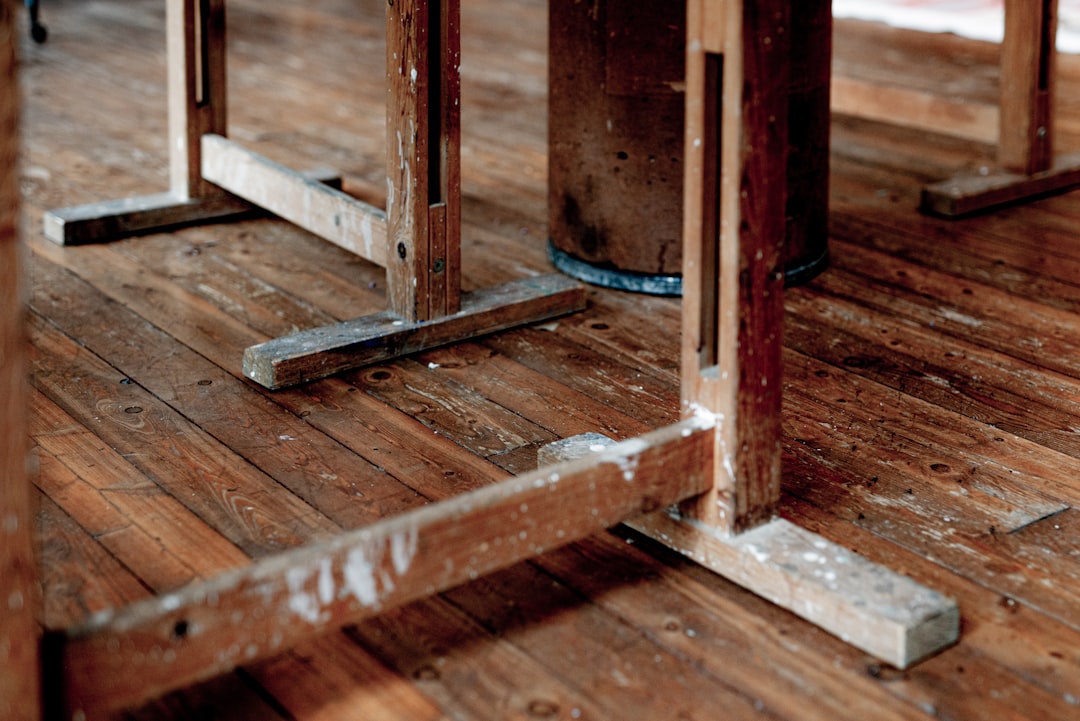
QR codes deliver when the offer is clear and the experience is seamless. Many floor repair teams have already seen measurable gains by adding scannable actions where curiosity and satisfaction are highest. These examples provide inspiration you can adapt to your own market.
Consider both growth and operations impacts. One campaign might prioritize lead capture from neighborhoods near a job site, while another streamlines review collection and crew performance insights. Over time, the combination produces a stronger pipeline and a healthier reputation.
Creative twists abound. A water damage specialist added QR codes to emergency door hangers that open a 24-hour hotline and a moisture damage assessment form. A refinishing shop placed QR labels on floor samples in their showroom that show finish durability videos and care instructions, then retargeted scanners with seasonal recoating promotions. See showroom QR codes for more ideas.
Success depends on a clean technical setup and practical deployment choices. Small oversights, such as low-contrast codes or slow-loading pages, can sink performance. Handle security and privacy with care to build trust with homeowners and commercial clients.
Audit your QR program regularly to catch issues early. Check scannability in real-world environments, keep landing pages fast on mobile, and verify that every code maps to the right analytics parameters. When results dip, isolate the variable: creative, placement, timing, or page performance.
When your QR program is secure, scannable, and clearly beneficial, customers engage more and your team captures more value from every interaction.
QR codes transform every physical and analog interaction in floor repair into a measurable digital opportunity. They address the longstanding pain of unknown or lost leads by giving prospects a fast path to quotes, education, booking, and reviews. With strategic placement, compelling CTAs, and automated data capture, companies increase lead volume, drive repeat business, and prove marketing effectiveness with confidence.
The path forward is straightforward. Start with the two or three placements that meet customers in their moment of interest, instrument them with dynamic QR codes and UTMs, then connect scans to your CRM and follow-up workflows. As digital expectations rise and old methods falter, QR codes become a competitive necessity, turning offline attention into actionable opportunities with full visibility. With Sona QR and Sona.com, you have the tools to create, track, and attribute every scan to pipeline and revenue so you can scale what works and sustain growth in floor repair services. For deeper measurement strategy, see Sona’s blog marketing influence.
QR codes have transformed floor repair services from traditional, manual processes into dynamic, efficient customer engagement tools. Whether it’s streamlining access to repair instructions, enhancing customer communication, or enabling real-time updates on project status, QR codes simplify workflows and improve client satisfaction. Imagine your customers effortlessly scanning a code to instantly access maintenance tips or schedule follow-ups, all while you capture valuable data to optimize your services.
With Sona QR, you can create dynamic, trackable QR codes tailored for floor repair services in seconds. Update your campaigns instantly without reprinting materials, monitor scan activity to identify the most engaged clients, and seamlessly connect every interaction to business growth. No more missed opportunities—just smarter, more effective customer engagement and service delivery.
Start for free with Sona QR today and turn every scan into a clearer communication channel, a loyal customer, or your next successful repair job.
QR codes bridge offline touchpoints with digital actions by enabling quick access to quotes, service information, and reviews, which converts interest into booked appointments and sales conversations.
Common uses include linking to estimate request forms on yard signs, collecting post-service reviews on invoices, providing service information on flyers, and enabling instant contact saving with vCards.
Place QR codes on service vehicles, yard signs at job sites, direct mail and door hangers, invoices, and showroom displays to capture interest when prospects are most engaged.
Web links for education and lead capture, vCards for contact saving, forms for quote requests and surveys, SMS or email for immediate outreach, and dynamic QR codes for flexibility and tracking are most effective.
Dynamic QR codes allow updating destinations without reprinting, enable tracking and attribution, support campaign segmentation, and help optimize marketing spend based on performance data.
Use platforms like Sona QR to monitor scan volumes, conversion rates, form completions, and revenue attribution by time, location, and asset to measure impact and optimize campaigns.
Design codes with high contrast and quiet zones, add clear CTAs explaining benefits, test scanning in real-world conditions, deploy on high-impact channels, and stagger rollouts to measure effectiveness.
Add QR codes labeled 'Loved our work? Scan to Review' to invoices and leave-behinds, linking to quick rating flows that speed up review collection and strengthen local reputation.
While not directly covered, signs include floor damage that prompts inquiries via estimate requests, requests for damage assessments, or interest in maintenance and refinishing services.
QR codes can link customers to maintenance guides and seasonal reminders, helping educate them on care practices that prevent damage and extend floor longevity.
Avoid placing codes where they wear quickly or are hard to scan, use vague CTAs, ignore page load speeds, or neglect regular auditing of scan performance and tracking integrity.
They replace paper estimates and manual forms with digital workflows, enable automated lead capture and follow-up, and provide real-time data to prioritize high-intent prospects.
Platforms like Sona QR and Sona.com offer tools for QR code creation, performance tracking, CRM integration, and campaign attribution tailored for floor repair teams.
By deploying unique, trackable codes segmented by service type, buyer role, location, and timing, and syncing data to CRM and ad platforms for personalized follow-up and retargeting.
The article does not provide specific information on the average cost of floor repair services.
While the article focuses on QR code strategies, it suggests using QR codes to access detailed service information, before-and-after galleries, and reviews to help make informed choices.
Using QR codes, floor repair companies can provide customers with maintenance guides and timely reminders, which help prevent future damage through proper care.
The article does not detail specific floor repair methods but mentions services like hardwood refinishing, water damage restoration, sanding, and recoating.
Signs include visible floor damage, water damage concerns, or the need for refinishing, which often prompt estimate requests and damage assessments via QR code engagement.
Use Sona QR's trackable codes to improve customer acquisition and engagement today.
Create Your FREE Trackable QR Code in SecondsJoin results-focused teams combining Sona Platform automation with advanced Google Ads strategies to scale lead generation

Connect your existing CRM

Free Account Enrichment

No setup fees
No commitment required

Free consultation

Get a custom Google Ads roadmap for your business






Launch campaigns that generate qualified leads in 30 days or less.
